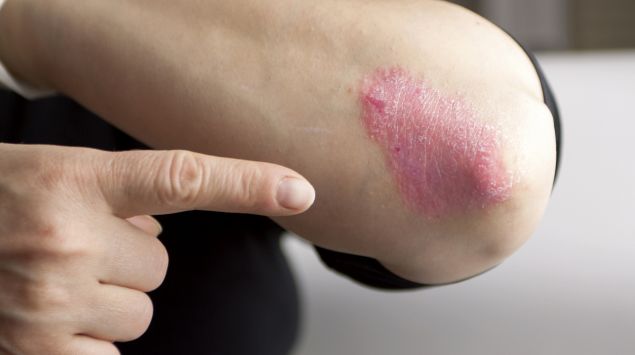Various types of psoriasis

There are different types of psoriaisis
Psoriasis appears in different forms , including plaque psoriasis (telltale thick, silvery scales) and erythrodermic psoriasis (reddens and becomes itchy and painful).
Plaque psoriasis normally shows on the elbows, knees or scalp, but it can appear on any part of the body. It tends to wax and wane at different times. Some people only will develop lesions on just a few skin surfaces while others will have the lesions across their bodies.
Erythrodermic psoriasis is the rarest typ , but it can result in a medical emergency especially for people with cardiac disease. This severe form of psoriasis can cause swelling from fluid retention and infection, increasing the risk of pneumonia and congestive heart failure.
It can also cause skin on most areas of the body to turn bright red and become itchy and painful. The skin sometimes falls off in sheets. People with unstable plaque psoriasis are most at-risk for developing it.
Other forms include nail psoriasis, which is identifiable by pitting in the nails or abnormal nail discoloration, and guttate psoriasis, which is similar to plaque psoriasis but results in more coin-shaped lesions. The latter form usually appears on the trunk of the body and is triggered by strep or another bacterial infection.
Inverse psoriasis, which occurs in the groin area and underneath the breasts and armpits, often is mistaken for a fungi infection. That can delay a patient from receiving the correct treatment.
Pustular psoriasis develops as white pustules of noninfectious pus that are surrounded by red skin, causing people to feel sick with fever and chills.
Additionally, some patients with psoriasis will develop lesions on areas that are not normally affected by the condition – a development known as the Koebner phenomenon.



